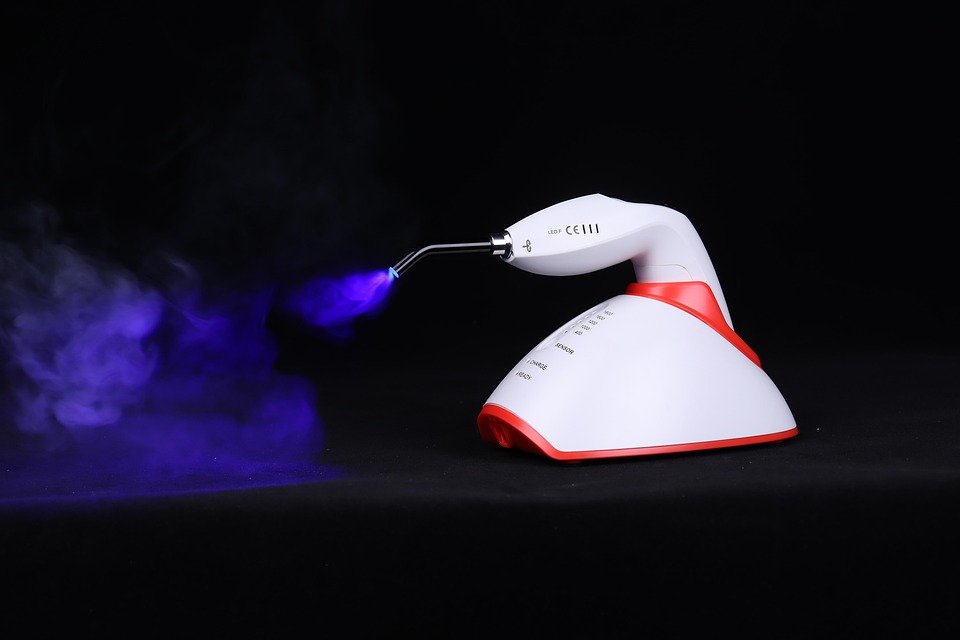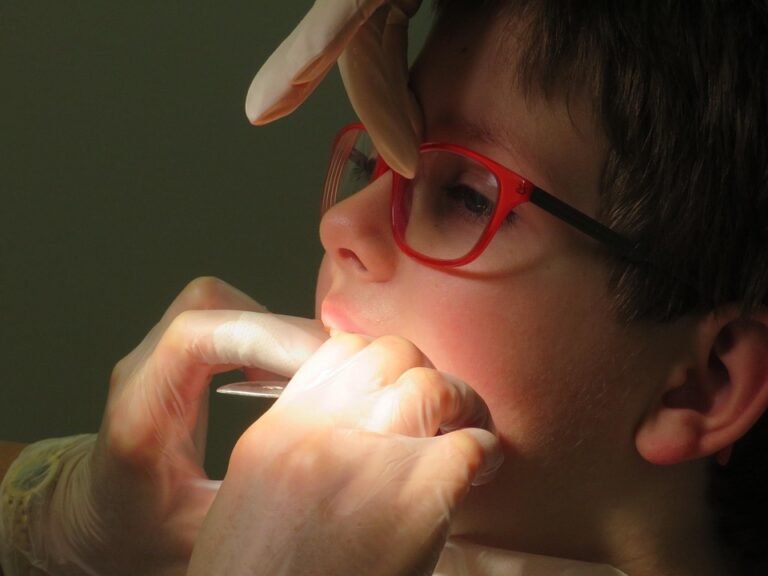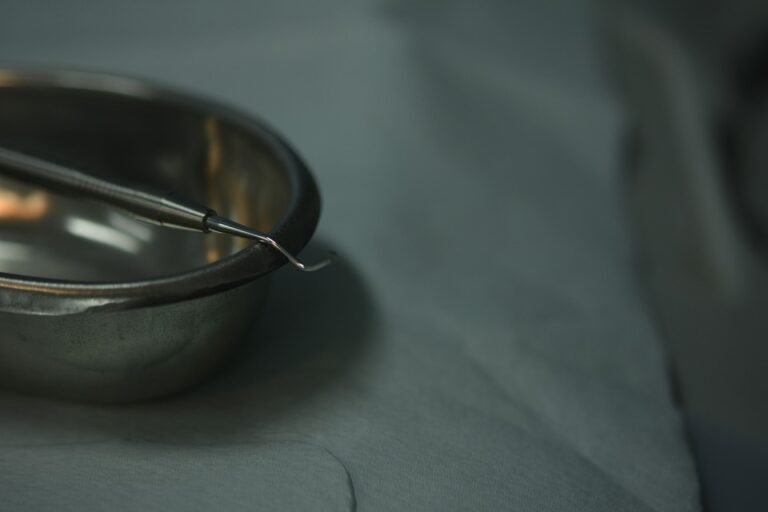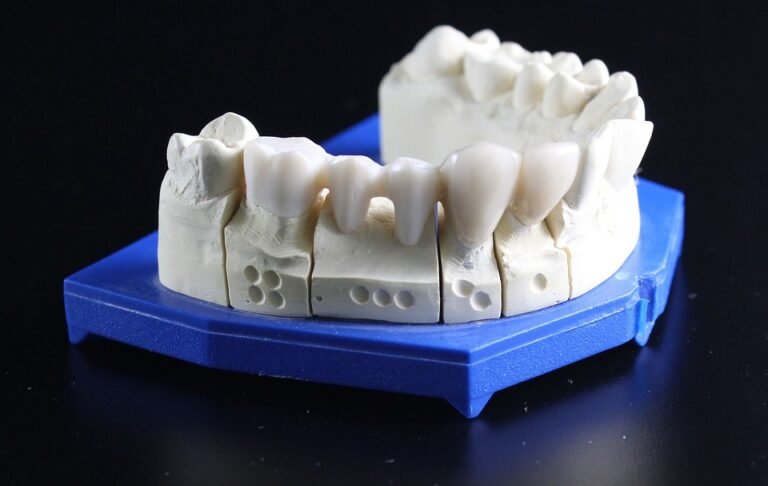What are the basic techniques for taking good dental photographs?
I’m a dental student just starting to learn about dental photography. I need to be able to document cases clearly for presentations, records, and maybe even eventually publishing. I’m using a DSLR camera (a Canon EOS Rebel T7, specifically) with a macro lens (Canon EF 100mm f/2.8 Macro USM). I also have a ring flash attachment.
What are the fundamental techniques I need to master to take consistently good intraoral and extraoral dental photographs? I’m talking about things like:
- Camera settings: What aperture, shutter speed, and ISO ranges should I be aiming for in different situations (e.g., full face vs. a close-up of a single tooth)? What white balance settings are most appropriate?
- Lighting: How can I best utilize my ring flash to minimize reflections and shadows? Are there any specific lighting techniques I should be aware of?
- Retraction and Mirrors: What are the proper techniques for retraction and using mirrors to get clear shots of posterior teeth and occlusal surfaces? Any tips on preventing fogging?
- Focus and Stability: How do I ensure sharp focus, especially when dealing with shallow depth of field? Any recommendations for camera stabilization techniques?
- Framing and Composition: What are the standard views and angles I need to capture for a comprehensive set of dental photos? Are there general guidelines for good composition in dental photography?
I’m really looking for practical, step-by-step advice that I can start implementing right away. I’m also interested in resources like videos or websites that you’ve found helpful.
Answer
To capture high-quality dental photographs, essential for documentation, communication, and education, requires attention to detail and a consistent approach. The key techniques encompass equipment, patient preparation, photographic settings, and specific views.
I. Equipment:
- Camera: A digital SLR (DSLR) or mirrorless camera with macro lens capabilities is generally preferred. A macro lens with a focal length of 100mm or greater is recommended to allow for sufficient working distance and magnification. High resolution ensures detailed images that can be cropped and enlarged without significant loss of quality.
- Lighting: Adequate and consistent lighting is crucial. A ring flash or twin flash system specifically designed for dental photography is ideal. These provide even illumination, reduce shadows, and minimize reflections. Alternatively, external flashes with diffusers can be used. Color temperature consistency is important; flashes should have a color temperature around 5500K for accurate color rendition.
- Retractors and Mirrors: These are essential for visualizing and capturing specific areas within the oral cavity. Cheek retractors made of autoclavable plastic or metal are used to improve access and visibility of the buccal and labial surfaces. Dental mirrors (front-surface mirrors are preferred) are used to reflect light and image areas such as the occlusal surfaces of posterior teeth or the lingual aspects of anterior teeth.
- Contrastors: Black contrastors are used to block out extraneous light and background, enhancing the visibility of teeth and restorations. They help to create a clean and professional look.
- Image Management Software: Software for organizing, editing, and archiving dental photographs is necessary. This software helps in adjusting brightness, contrast, color balance, and cropping to optimize images for presentation and documentation.
- Sterilization: All intraoral equipment (mirrors, retractors, and contrastors) must be properly sterilized between patients to prevent cross-contamination.
II. Patient Preparation:
- Informed Consent: Obtain informed consent from the patient before taking any photographs. Explain the purpose of the photography and how the images will be used and stored.
- Patient Positioning: Position the patient comfortably in the dental chair with the headrest adjusted to provide proper support and alignment. The occlusal plane should be parallel to the floor whenever possible.
- Surface Preparation: Clean the teeth thoroughly to remove plaque, calculus, and debris. Polishing the teeth is ideal to reduce specular reflections and improve image clarity. Remove any lipstick or other obstructions.
- Lip and Cheek Management: Dry the teeth and surrounding soft tissues with air. Use gauze or cotton rolls to control saliva and maintain a dry field. Apply lip balm to prevent dryness and cracking of the lips.
III. Camera Settings:
- Mode: Manual mode (M) is recommended for consistent and predictable results. This allows full control over aperture, shutter speed, and ISO.
- Aperture: A smaller aperture (higher f-number, such as f/22 or f/29) provides greater depth of field, ensuring that the entire area of interest is in focus.
- Shutter Speed: Adjust the shutter speed to control the amount of light entering the camera. Typically, a shutter speed of 1/100th of a second or faster is sufficient to prevent motion blur when using a flash.
- ISO: Keep the ISO as low as possible (typically ISO 100 or 200) to minimize noise in the images.
- White Balance: Set the white balance to "Flash" or a custom white balance using a gray card to ensure accurate color rendition.
- Focus: Manual focus is often preferred for dental photography. Use live view and zoom in to ensure precise focus on the teeth. Focus on the incisal edges of the anterior teeth or the buccal cusps of the posterior teeth.
- File Format: Shoot in RAW format. RAW files contain more image data than JPEGs, allowing for greater flexibility in post-processing.
IV. Standardized Views:
The following standardized views are typically included in a comprehensive dental photographic series:
- Extraoral Views:
- Frontal View (Face at Rest): Capture the patient’s face at rest, showing the overall facial appearance and symmetry. The Frankfort horizontal plane should be parallel to the ground.
- Frontal View (Smiling): Capture the patient’s full smile, showing the incisal display, gingival architecture, and lip line.
- Profile View (Right and Left): Capture the patient’s profile from both sides, showing the facial convexity and relationship of the lips and chin.
- Intraoral Views:
- Frontal View (Retracted): Use cheek retractors to expose the anterior teeth from canine to canine. Ensure the midline is centered and the teeth are in focus.
- Lateral Views (Right and Left): Retract the cheek and lips to expose the buccal segments from the canine to the molars on both sides. Include as many teeth as possible in the frame.
- Occlusal Views (Maxillary and Mandibular): Use a dental mirror to capture the occlusal surfaces of the maxillary and mandibular arches. Position the mirror to reflect the entire arch, and ensure that the image is in focus.
- Individual Tooth Views: If specific teeth or areas require detailed documentation, capture close-up views using retractors, mirrors, and contrastors as needed. This is especially important for documenting pre-operative conditions, treatment progress, and post-operative results.
- Additional Views:
- Shade Tab: Photograph a shade tab adjacent to the tooth being matched.
- Diastema Closure: If a diastema exists, a close-up view of the diastema.
V. Technique Execution:
- Stability: Use a stable platform or stance to minimize camera shake. If possible, use a tripod for extraoral shots.
- Composition: Fill the frame with the area of interest. Avoid excessive background or distracting elements.
- Angles: Maintain consistent angles for each view to allow for accurate comparison of images over time.
- Review: After each shot, review the image on the camera’s LCD screen to check for focus, exposure, and composition. Adjust the camera settings or reposition the patient as needed.
- Consistency: Develop a standardized protocol for dental photography and follow it consistently for each patient. This will ensure that the images are comparable and provide valuable documentation for diagnosis, treatment planning, and communication.
By mastering these techniques and adhering to a consistent protocol, dental professionals can capture high-quality images that enhance patient care and communication.




